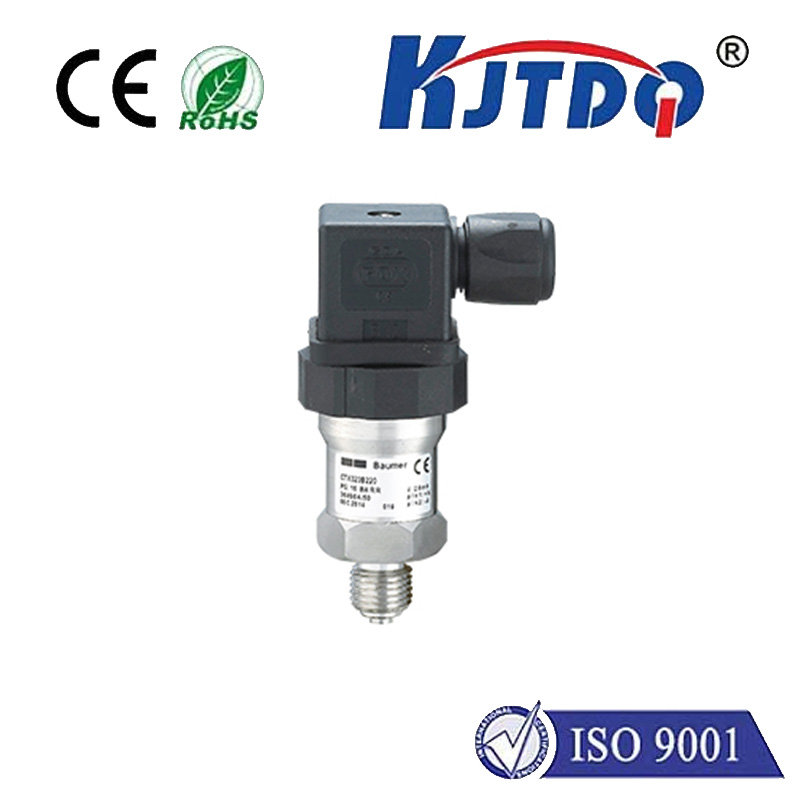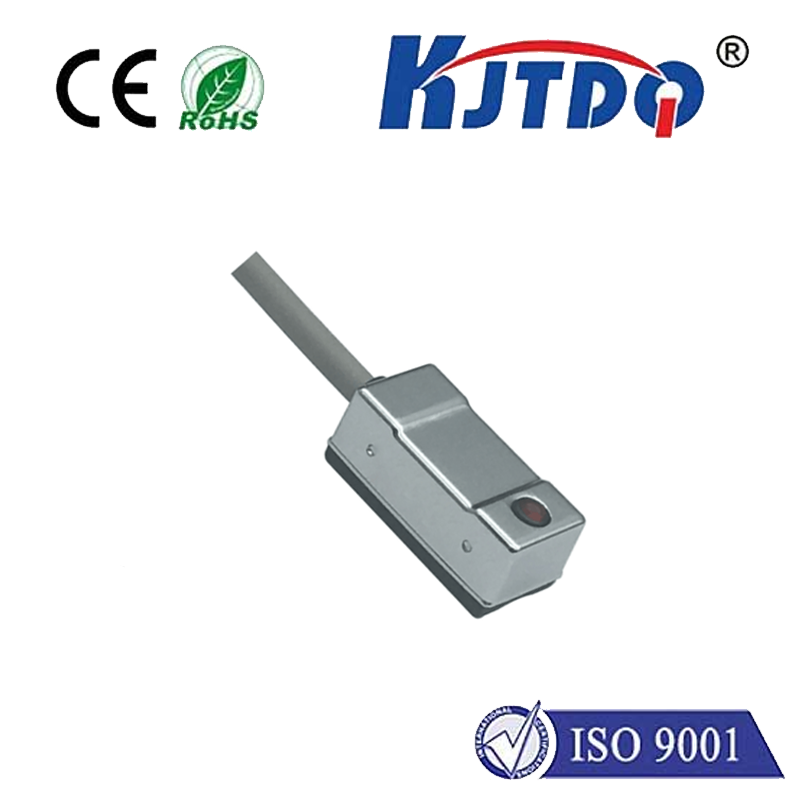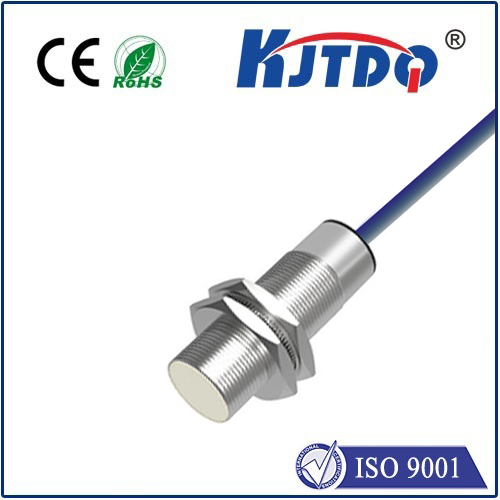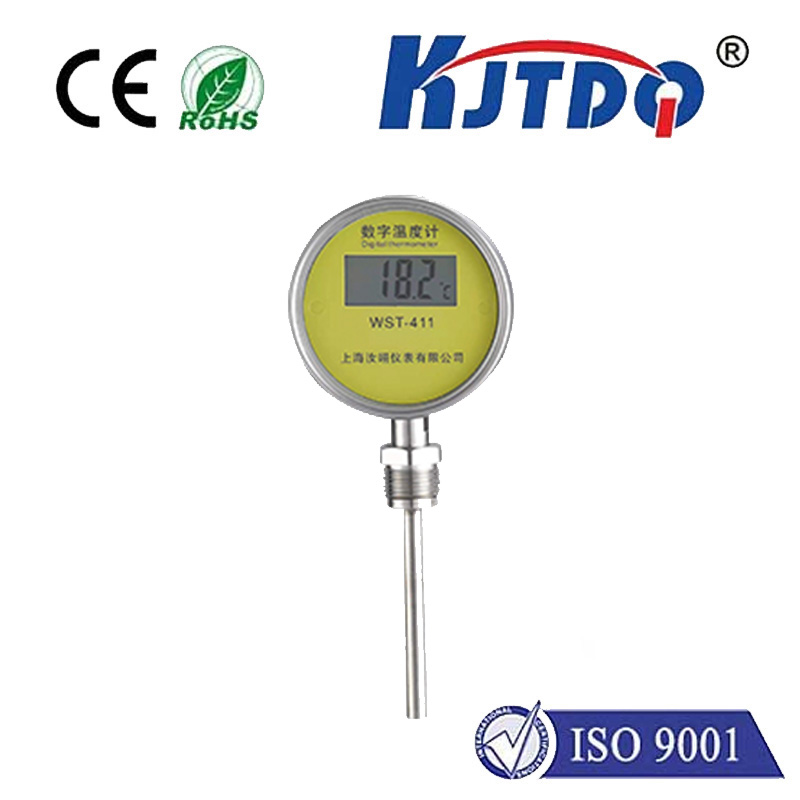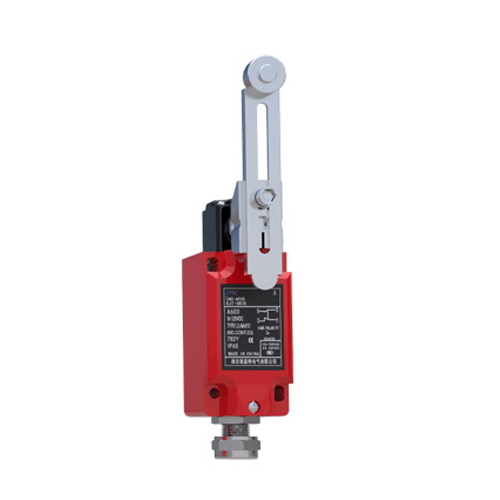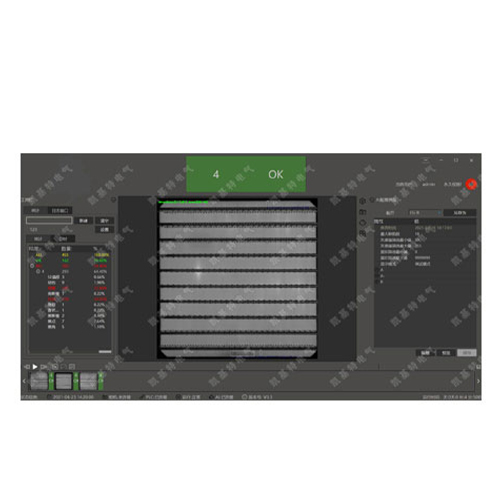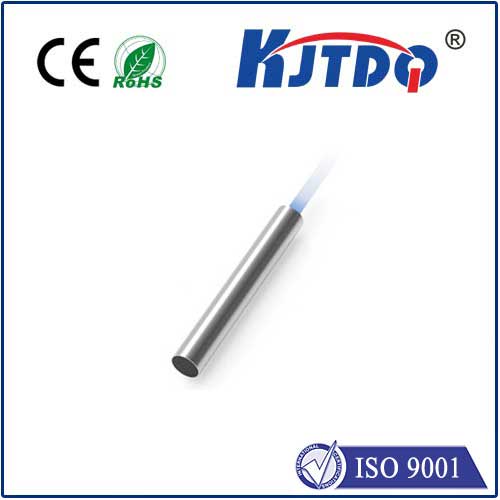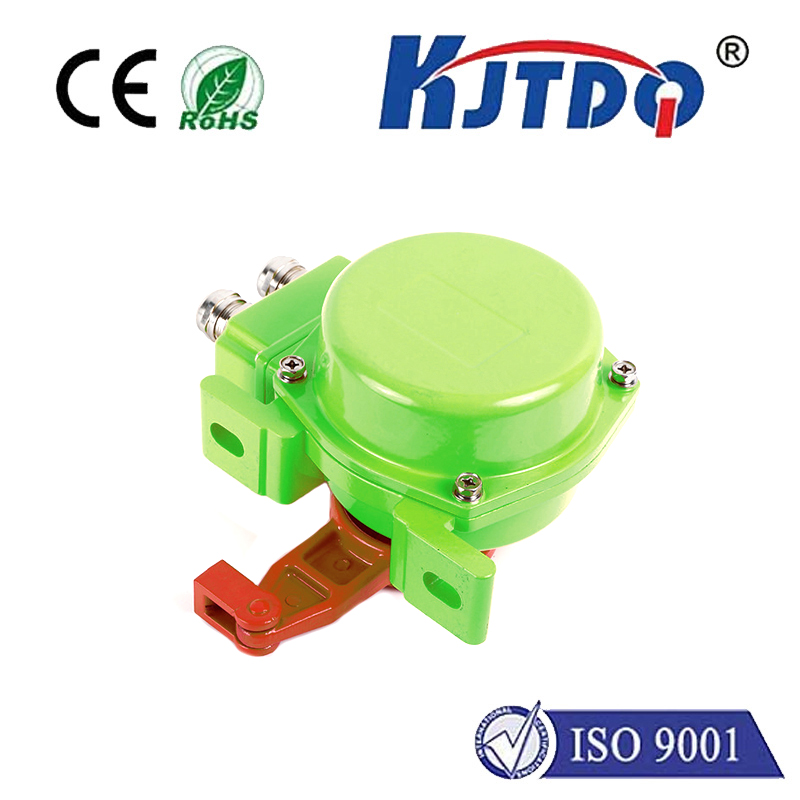

check

check

check

check
How can a compact device revolutionize precision detection in demanding industrial spaces? The answer often lies in reliable, high-performance components like the E3Z-LS81 0.5M photoelectric sensor. This sensor, a standout in the world of automation, offers a potent blend of accuracy, durability, and ease of use tailored for countless detection tasks. Understanding its capabilities is key to optimizing efficiency and reliability on the factory floor.
Photoelectric sensors are the unsung heroes of modern manufacturing, logistics, and packaging. They detect the presence, absence, or distance of objects using light beams – a fundamental requirement for automating processes, ensuring quality control, and enhancing safety. Among the diverse range of photoelectric sensors, the E3Z-LS81 0.5M model from OMRON carves a distinct niche. Its designation reveals crucial features: E3Z denotes its series within OMRON’s extensive sensor portfolio, LS often indicates specific characteristics like long sensing distance and stable operation, and 81 refers to its specific variant characteristics. The critical 0.5M specifies its sensing distance – half a meter (500 millimeters), a sweet spot for many mid-range applications.
So, what makes the E3Z-LS81 0.5M particularly noteworthy? This sensor operates primarily on the diffuse reflective principle. Unlike through-beam sensors requiring separate emitter and receiver units, a diffuse reflective sensor houses both within a single housing. It emits light (typically visible red or infrared LED) and detects the light reflected back directly from the target object. This inherent self-containment makes installation simpler and more cost-effective. The 0.5m sensing range is significant; it provides ample working distance beyond the capabilities of very short-range sensors without venturing into the complexities and cost of extremely long-range devices. It’s ideal for detecting objects on conveyors, verifying part presence in machinery, monitoring fill levels, or positioning items within robotic cells where objects are typically within that half-meter proximity.

Durability is non-negotiable in industrial settings. The E3Z-LS81 is built to withstand the rigors of the factory floor. Key to this resilience is its IP67 rating. This International Protection code signifies it is completely dust-tight (IP6X) and can withstand immersion in water up to 1 meter deep for 30 minutes (IPX7). This level of ingress protection makes it suitable for washdown environments like food and beverage processing, pharmaceutical production, or areas exposed to heavy dust, coolants, or oils. Its robust construction ensures reliable operation even when conditions are less than ideal.
Further enhancing its versatility is its compact, cylindrical M12 housing. This standardized size (M12 threading) allows for easy mounting in countless existing sensor brackets and fixtures. The compact form factor also means it can fit into tight spaces where larger sensors simply wouldn’t work. Installation and alignment are noticeably straightforward with its intuitive indicators and adjustment mechanisms, minimizing downtime during setup or maintenance.
Operational reliability is paramount. The E3Z-LS81 0.5M photoelectric sensor incorporates features designed for stable detection. This includes resistance to ambient light interference, ensuring it’s not falsely triggered by shop floor lighting, and stable performance across varying surface colors and finishes. While diffuse sensors can be influenced by the reflectivity of the target, the 0.5M range and optimized optics of the E3Z-LS81 provide a good balance, reliably detecting a wide array of common materials.
Integration into modern control systems is seamless. Typically featuring an NPN or PNP output configuration, the E3Z-LS81 easily interfaces with Programmable Logic Controllers (PLCs), industrial PCs, and other control devices. Its fast response time ensures it keeps pace with high-speed production lines, contributing to overall throughput efficiency. Choosing the correct output type (sourcing or sinking) is crucial and depends on the specific requirements of the control system it connects to.
Where does the E3Z-LS81 0.5M photoelectric sensor excel? Its combination of range, durability, and compact form factor makes it incredibly versatile:
Selecting the right sensor for an application involves several considerations. The 0.5m sensing distance is a primary filter. If the target objects consistently fall within roughly 500mm of the sensor mounting point, the E3Z-LS81 is a strong contender. The nature of the environment – particularly the need for dust and water resistance – heavily favors its IP67 protection. Consideration of the target object’s size, color, material, and surface reflectivity is also essential to ensure reliable detection performance. Finally, the required output signal type (NPN or PNP) must match the control system input.
The E3Z-LS81 0.5M photoelectric sensor exemplifies how targeted engineering solves critical automation challenges. Its specific focus on a 0.5-meter sensing range within a robust IP67-rated, compact housing fills a vital need in numerous industries. By delivering reliable, precise object detection in demanding environments ranging from dusty warehouses to wet washdown zones, this sensor contributes significantly to improving operational efficiency, ensuring product quality, and maintaining smooth, uninterrupted production flow. When precision detection within half a meter is required under tough conditions, this sensor consistently proves its value as a dependable solution.
